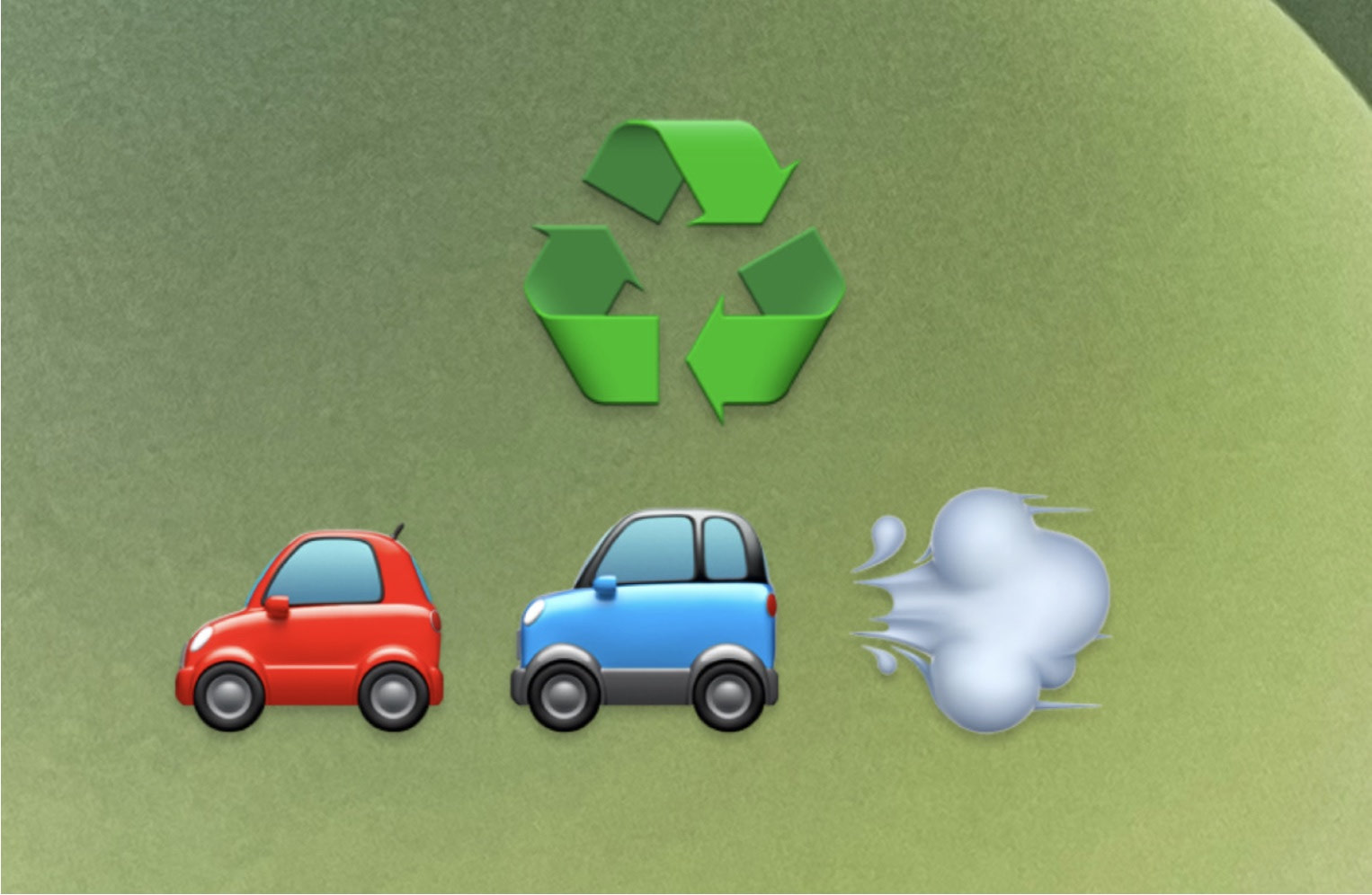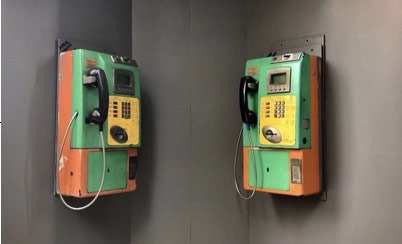Electric cars: Thumbs up from two local drivers

Two people I know enjoy driving electric cars and have either owned or have rented them for several years. They agreed to share information on this technology.
Julien Lamarche was born in Shawville and now lives and works in Ottawa as a information technology consultant. When driving to Pontiac to visit family and friends, he sometimes rents a 100% electric Nissan Leaf from VrtuCar, in Ottawa, and drives to Shawville via the Quyon Ferry.
Juli Rowsell lives near Quyon. She and her husband purchased a Soul EV in 2016 and have put roughly 35,000 km on it as their daily commuter car.
Here are their comments via e-mail interview.
KF: Do you enjoy driving electric cars?
JL: The Nissan Leaf feels like a Star Trek shuttlecraft: it’s fun – and I’m someone who generally avoids driving if I can bike, bus or take the train.
JR: I love it. Mostly, it’s like a normal car but it’s more responsive, faster to accelerate, and quieter. There is less maintenance and no oil changes so it’s cheaper than conventional vehicles.
KF: Is it easy to recharge?
JL: In Ottawa, it’s fairly easy because there are a reasonable amount of 240V plugs (called “Level 2” plugs). Mountain Equipment Co-op has two, for example. The car can recharge at any common 120V outlet, but lower voltage means it takes longer.
JR: We bought a Level 2 charger for our home which takes about 4.5 to 5 hours to fully charge from 0.
KF: What is the range (distance) it can drive?
JL: The dashboard displays up to 130 km. But that’s assuming I don’t use heating, air conditioning or highways. VrtuCar recommends planning for a range of 70 km. Incidentally, VrtuCar’s Nissan Leaf is one of the first generation, so newer cars have a much longer range.
JG: Each car is different: ours has a range of about 180 km in summer and about 120 km on winter’s coldest days.
KF: Is it easy to find recharging stations?
JL: Plugshare.com displays both commercial and residential plugs (battery charging stations). I’ve used it to find plugs to get to Shawville, and I added Shawville’s Mill Dam Park onto the site. I recharge at my parents’ home, using their external wall plug.
JR: There are a few fast chargers (level 3) in Gatineau, and three in Ottawa. Ikea has both level 2 and 3, free chargers. But none in the Pontiac. However, PlugShare’s app provides a list of homeowners who have electric cars with whom you can arrange to use their chargers.
KF: Can you comment on the Pontiac’s recharging infrastructure?
JL: Pontiac’s infrastructure is lacking. It would be great if the Quebec government would install a level 2 plug at the Pontiac town hall in Luskville and in strip malls. Other logical spots would be gas bars or the Quyon ferry. It’s about $1,000 for a residential plug and $1,500 for a commercial plug if you want the payment infrastructure (credit card readers, etc.). But the technology’s improving: Tesla, Chevy’s Bolt, among, others now offer cars with better range and capacity.
JR: The Pontiac should invest in at least one level 2 charging station. Right now, I could drive around the entire Gaspé and never worry about not finding a charging station. But I cannot drive through the Pontiac and return home. Shawville, Campbell’s Bay and Fort Colounge could greatly improve tourism by installing infrastructure.
KF: So, are electrics feasible here in rural Quebec right now?
JL: Until we get more stations, hybrids such as Chevy Volt and Toyota Prius are good solutions for Pontiac residents west of Quyon.
JG: I expect the number of electric cars will climb when their range is a little better and/or with the installation of charging stations. We have petitioned both André Fortin, our Liberal MNA and Will Amos, our Liberal MP about this.
KF: What’s the future?
JL: I don’t know how quickly battery capacity will increase but it will. So, although we need more plugs now, this may become less required. If I owned a gas bar, I’d invest $1,000 for a residential plug and charge people $1 for plugging in.
JR: People are still early adopters; however, by 2022, driving an electric car will be a very easy choice. There are 2 Soul EV’s just in Quyon. I know of about half a dozen in the Pontiac. That number will climb when the range is a little better and/or with the installation of charging stations.
KF: Do you go on trips with the electric car?
JL: If this was the sole car I had, I would certainly be limited in where I can go. The technology is improving but isn’t there yet. But 120 V plugs are available in many different places, so if you have the time and the patience to knock on doors or stop at campgrounds, you’re set to go. Also, there are adapters so you can plug in the bigger 240V plugs designed for RVs: many campgrounds have those.
JR: We have taken our car to Montreal without problem because there are 2 level 3 charging stations en route at Montebello and Mirabel. There are also level 3 chargers in Montreal. National Resources Canada and AddEnergie plan to install more than 1,000 new charging stations across Canada between now and 2019. The more this happens, the fewer limitations electric car drivers will feel.
KF: What’s the cost benefit?
JL: Websites claim an electrical bill usually increases by US $30-$50 per month. Compare that to a single gas tank refill and the economy is clear.
JR: The car has a steep price tag. Government rebates help offset that, but where we really save is in the cost of gas. Instead of $400 a month, now it’s less than $20 in hydro for the same distances. When the car reaches ~200,000 km we’ll be saving money vs. buying a cheaper car that requires gas like our Toyota Matrix.
KF: Thanks so much. Readers will really benefit from hearing your experiences.
Katharine Fletcher is a freelance writer, columnist, author and visual artist. Contact her at fletcher.katharine@gmail.com
continue reading






